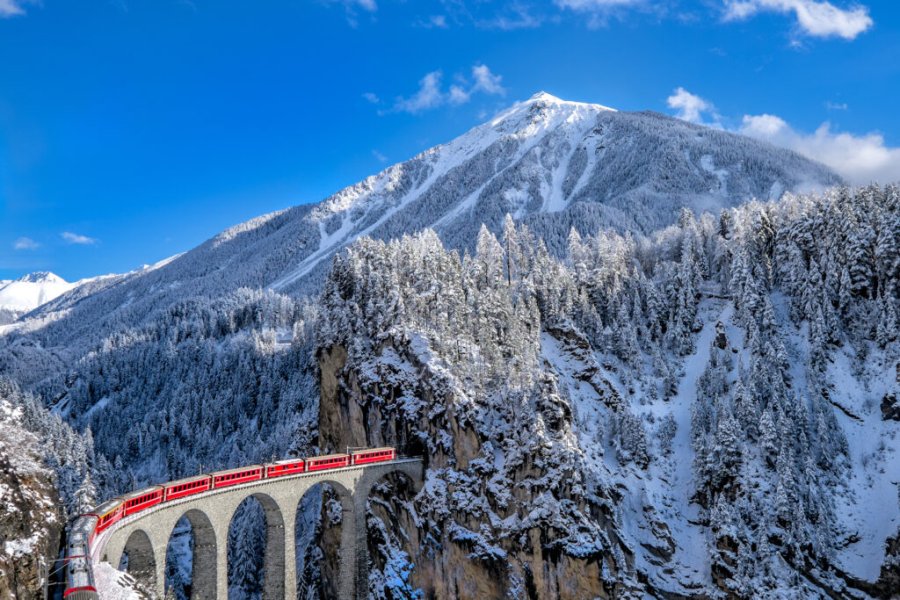The King's Road
Highlights of the trip
During your stay you can enjoy the following highlights: Culture / Heritage, Faune and flora.
Best times to go
The best time(s) to go is/are : Printemps, Eté.
Petit Futé
Where to stay - Turku ?
The map of your stay "The King's Road"
Detail of the stay : The King's Road
How to get there - Turku
Maritime City of Kotka
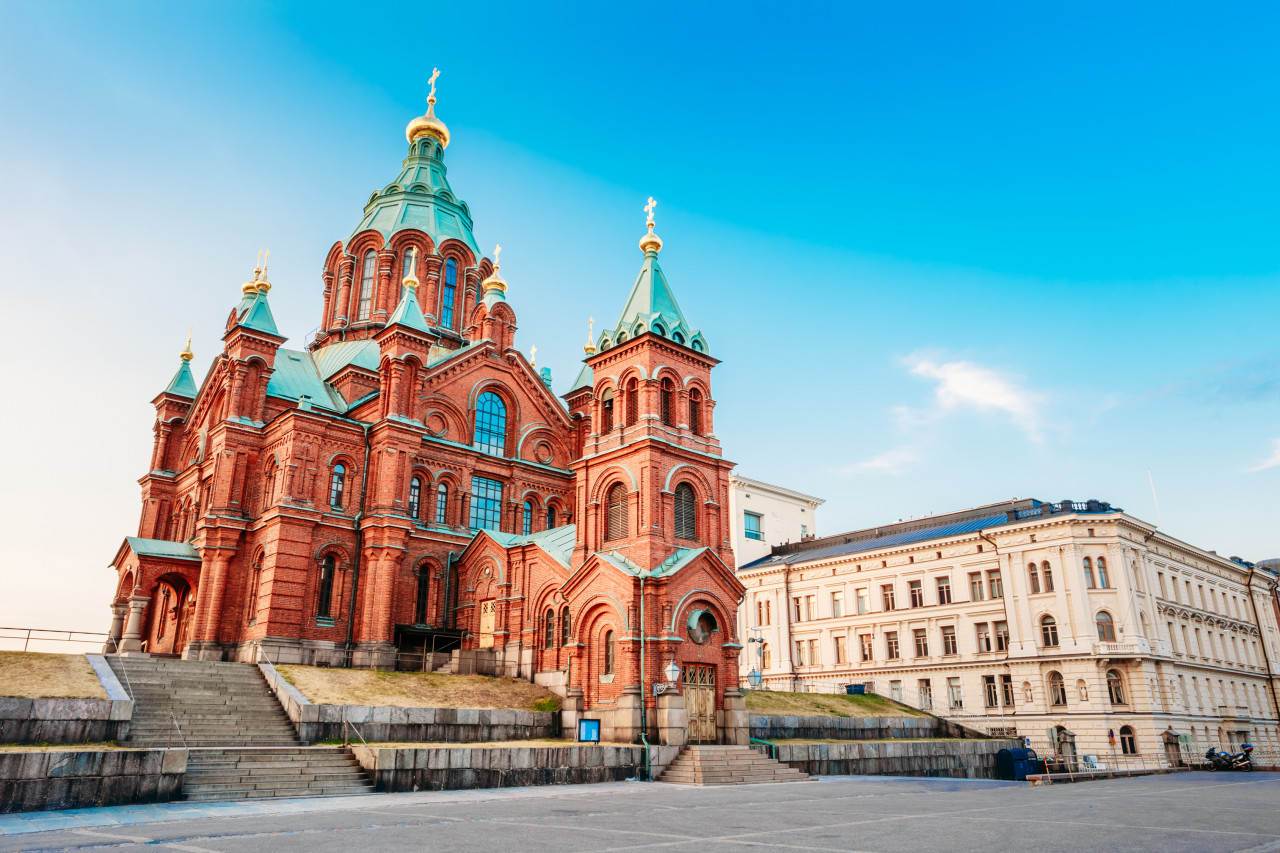
Steps: Kotka
Kotka (two and a quarter hours by bus fromHelsinki) is located on the Gulf of Finland, south-east of Helsinki. The centre of this town, founded in 1878, has interesting monuments, such as the town hall on the market square, the imposing St Nicholas Orthodox church and the Sunila Pulp Mill built by the great Finnish architect Alvar Aalto. The Isopuisto and Sibelius parks, lungs in the heart of the city, together with the Sapokka gardens, with their small wooden bridges, cascades, waterfalls and fountains will delight romantic souls. Another curiosity is the Tarmo icebreaker, which has been converted into a museum. Kotka is a major maritime city - it is Finland's largest export port - and also boasts a vast archipelago. Embark on a cruise to the fortress islands of Kukouri and Elisabeth, the scene of the Crimean War. Don't miss the fishing village of Kaunissaari ("beautiful island" in Finnish). There is a beautiful view of the city and the archipelago from Mount Patorni or from the Haukkavuori observation tower. End the day with a visit to the Imperial Fishing Lodge of Tsar Alexander III on the banks of the Langinkoski River. A must-see place.
Places of interest : PAVILLON IMPÉRIAL DE LANGINKOSKI MUSÉE DU BRISE-GLACE TARMO ÉGLISE ORTHODOXE DE SAINT-NICOLAS
Charming town of Loviisa
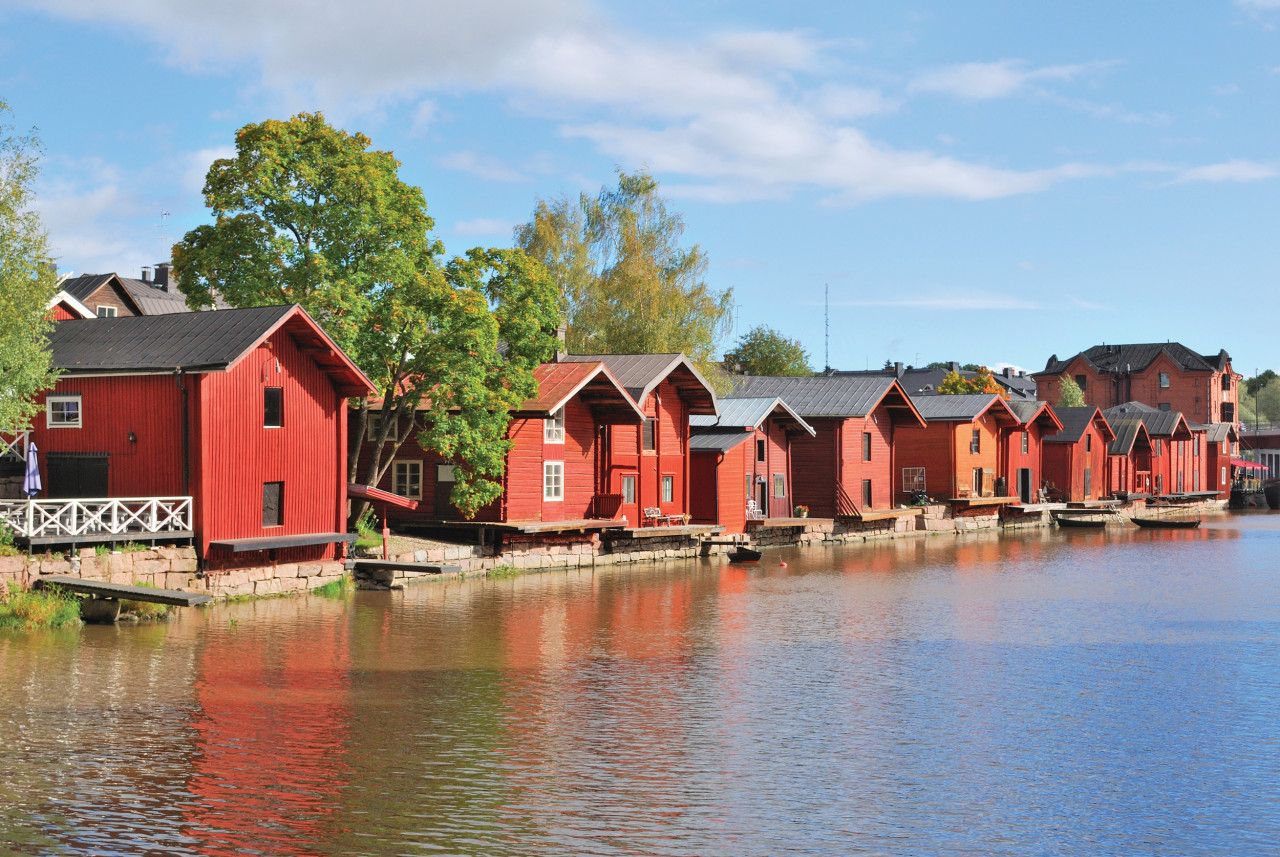
Steps: Loviisa
Half an hour from Kotka, linger in Ruotsinpyhtää. Halfway along the road to Loviisa. Ruotsinpyhtää is a village of old forges (1695) on the Kymijoki River. Loviisa, founded in 1745, is named after one of the queens of the Swedish kingdom. A charming little town on the Gulf of Finland, it is home to three fortresses designed at the time to contain and repel Russian incursions. Shuttles take you to the island fortress Svartholma, built on the same model as the fortress of Suomenlinna in Helsinki. The forts of Rosen and Ungern, close to the city centre, are within easy walking distance. Dinner at the Degerby, housed in a beautiful 17th century building in Loviisa.
Places of interest : SVARTHOLMA FORTERESSE SUOMENLINNA
Porvoo, a picturesque city
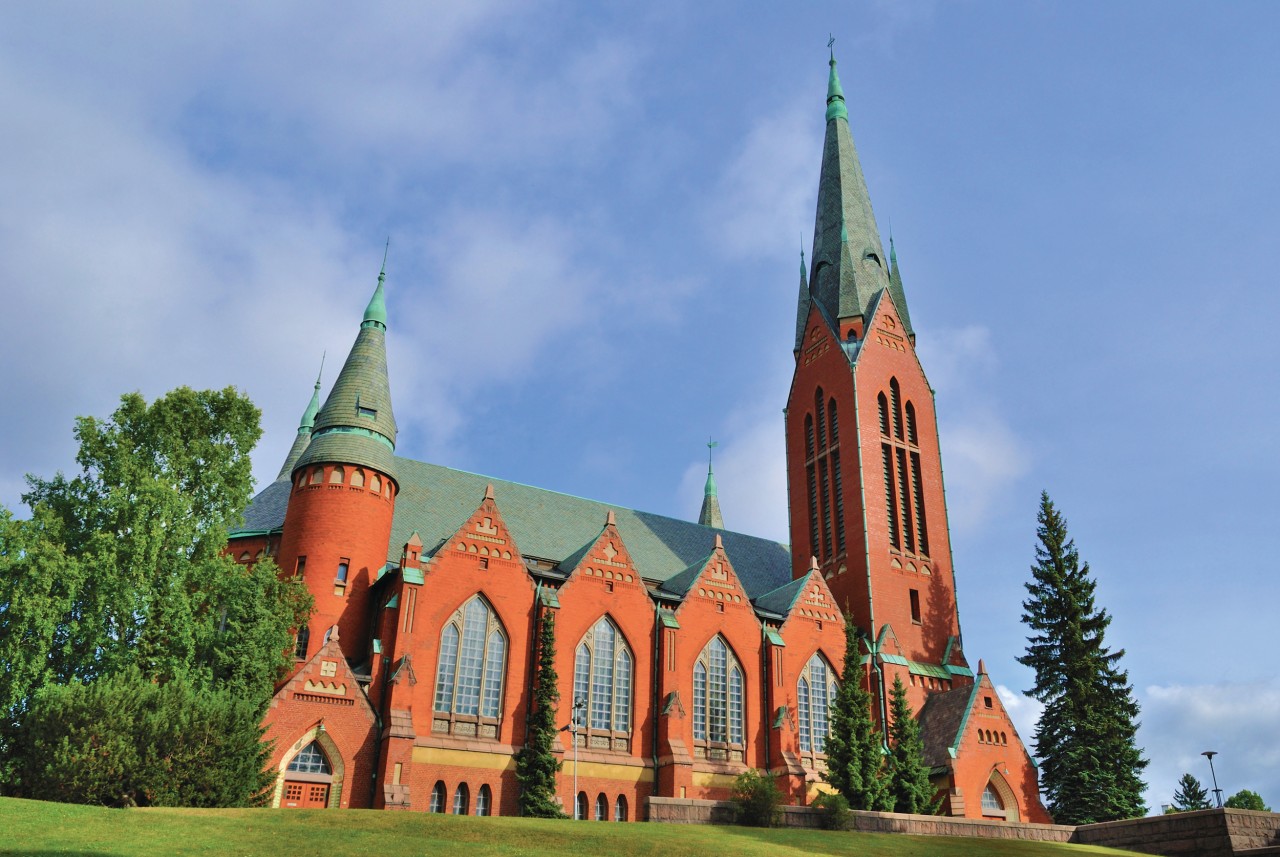
Steps: Porvoo
Finland's second oldest city, fifty kilometres east of Helsinki, was founded in the first half of the 14th century. The beautiful houses of the old town overlooking the river, the narrow cobbled streets and the cathedral deserve the many tributes of the poets and artists who have lingered here. The national poet Johan Ludvig Runeberg, the sculptor Ville Vallgren and the romantic painter Edelfelt all lived in Porvoo, which has not forgotten them by dedicating two museums to them: the Runeberg House and the Edelfelt-Vallgren Historical Museum. The creator of the Moomins, Tove Jansson, also lived on an island in the nearby archipelago. Another curiosity is the Doll and Toy Museum.
Places of interest : MUSÉE DE LA POUPÉE ET DU JOUET MAISON DE RUNEBERG
Helsinki, discovery of the Finnish capital
Steps: Turku
Cruise from Porvoo to Helsinki on the M/S J.L. Runeberg (two and a half hours). A good way to reach the capital through the beautiful Helsinki archipelago. Founded in 1550, Helsinki only became the capital in 1812 at the expense of Turku. Marked by an unusual coexistence of styles and cultures, the capital blends genres. The Senate Square, designed by the Prussian architect Engel, is in the Empire style, while the neoclassical Lutheran cathedral imposes its density and volumes not far from the Russian-inspired Uspenski Orthodox cathedral (1868). Temppeliaukion Kirkko, a surprisingly beautiful church built under the rock, has exceptional acoustics and an absolutely unique interior. On the cultural front, the Kiasma Museum of Contemporary Art, with its resolutely modern architecture, stands not far from the very classicalAteneum, which brings together the greatest masterpieces of Finnish art (Gallèn-Kallela, Edelfelt...). Near the Kiasma, see the Finlandia Palace designed by Alvar Aalto in 1971. The building was the venue for the signing of the Helsinki agreements in 1975. Its Italian marble does not stand up well to winter temperatures, however: it falls apart... When the weather is fine, a visit to the island fortress of Suomenlinna, a World Heritage Site, is a must. Bus boats shuttle between the port (market square) and this superb site. The fortress, built in 1748, is certainly the most representative monument in Helsinki from the Swedish period.
Places of interest : PLACE DU SÉNAT FORTERESSE SUOMENLINNA PALAIS FINLANDIA CATHÉDRALE USPENSKI ÉGLISE DE TEMPPELIAUKIO ATENEUM - MUSÉE DES BEAUX-ARTS KIASMA - MUSÉE D'ART CONTEMPORAIN CATHÉDRALE LUTHÉRIENNE (TUOMIOKIRKKO)
Ekenäs, between land and sea
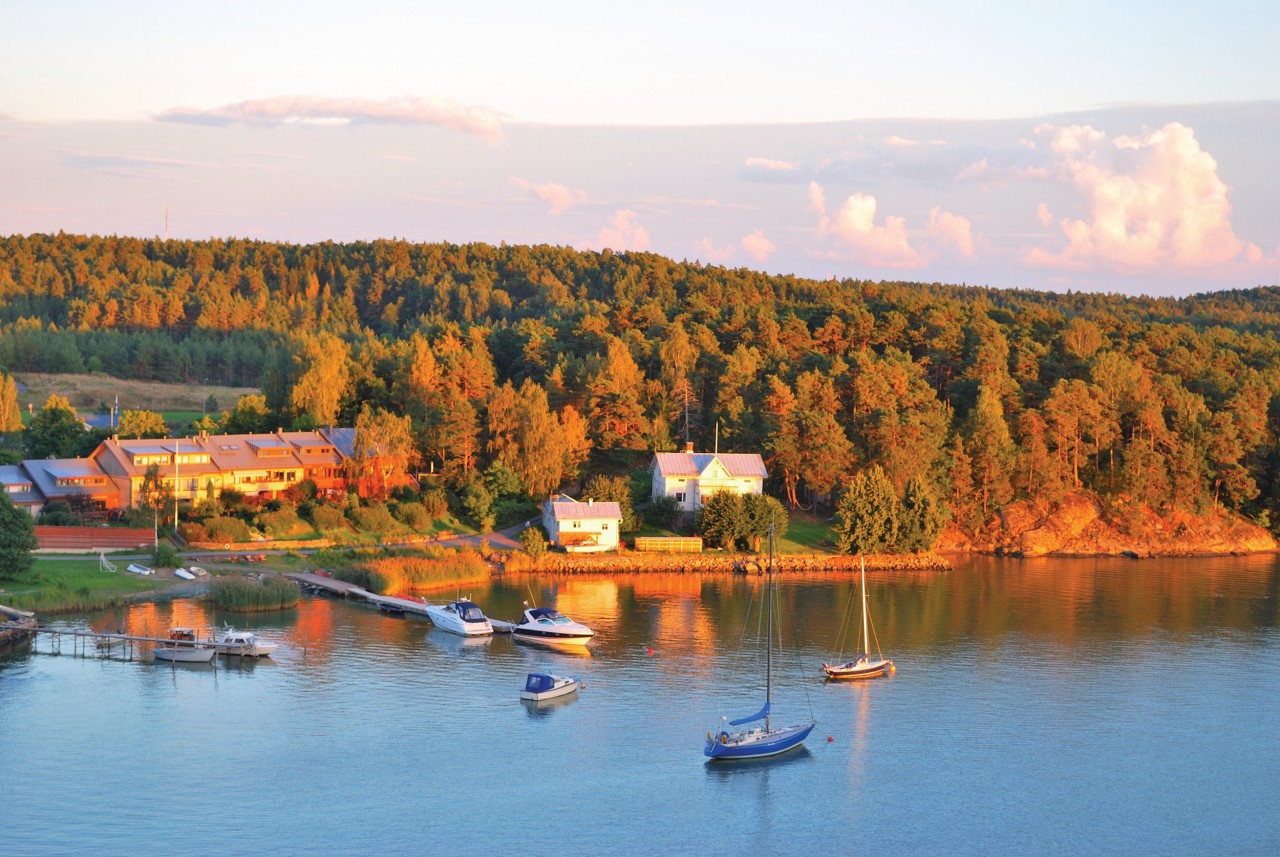
Steps: Tammisaari - Ekenäs
In one of the southernmost cities of the country, sea and land meet on the background of the islands. A walk in the high places of Ekenäs is required: the Snappertuna church, the ruins of old town. Then go to the Découverte Park.
Places of interest : CHÂTEAU DE RASEBORG
Stopover in Turku
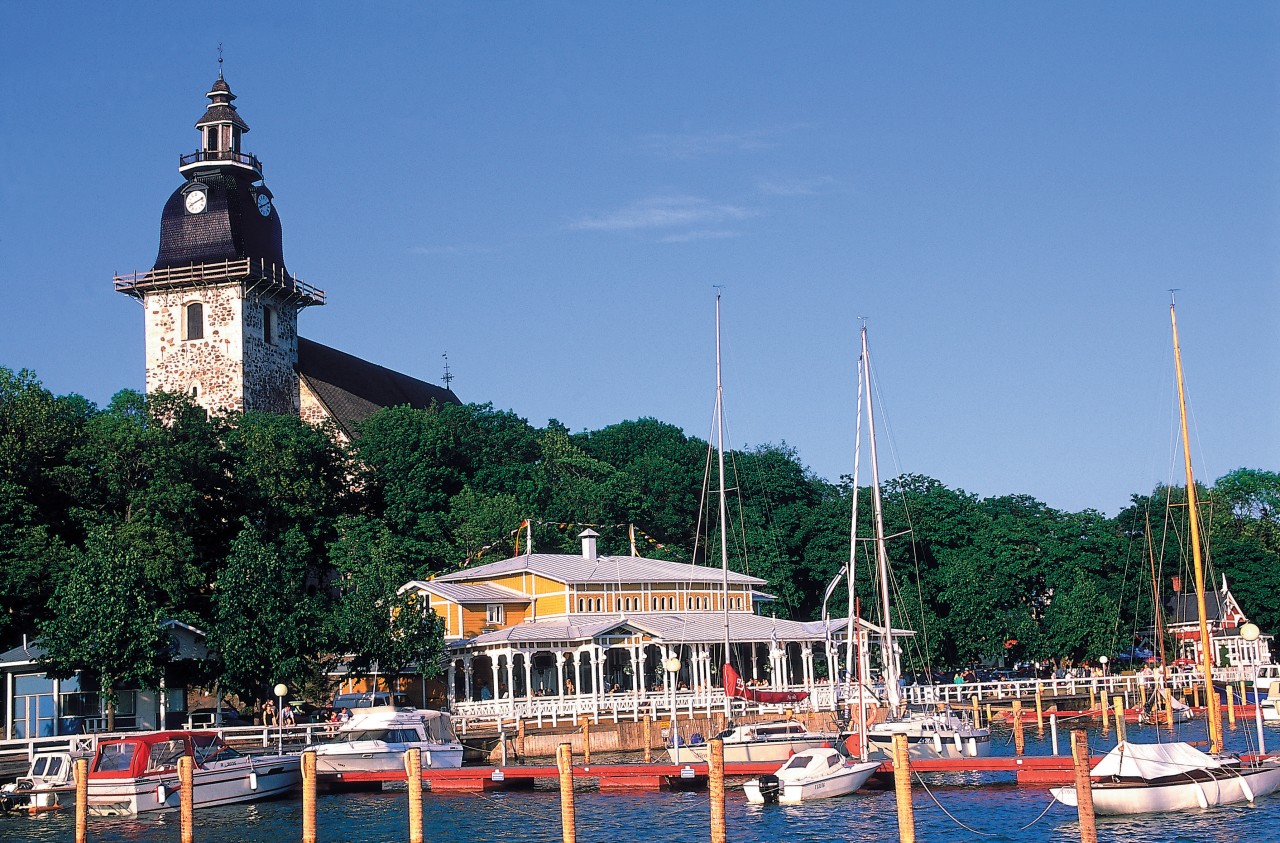
Steps: Turku
Founded in the 13th century around a large port, Turku has always been an important crossroads between east and west. See its beautiful archipelago, its castle on the river Aura, its medieval cathedral and its old university, which was once the intellectual centre of the country before the capital was moved to Helsinki in 1812. Take time to have lunch on one of the many restaurant boats or to have a drink in an old bank or a disused pharmacy... The day ends with an exciting walk to the Luostarinmäki Open Air Museum.
Places of interest : TURUN LINNA - CHÂTEAU DE TURKU CATHÉDRALE MUSÉE DE L'ARTISANAT










